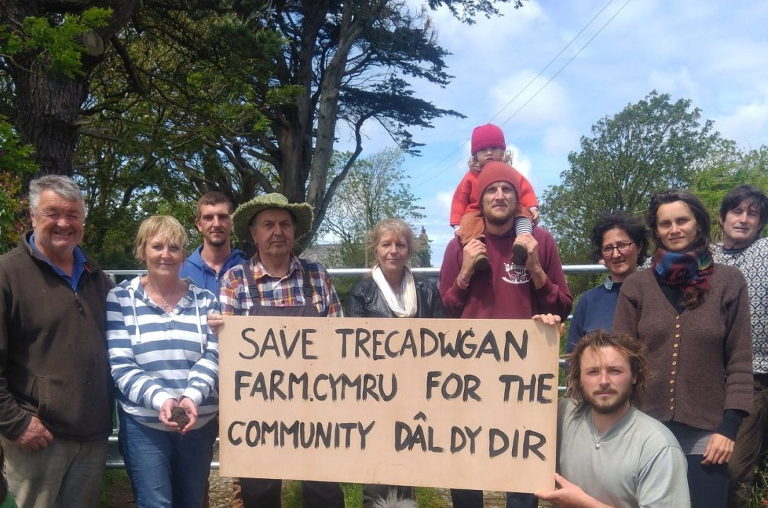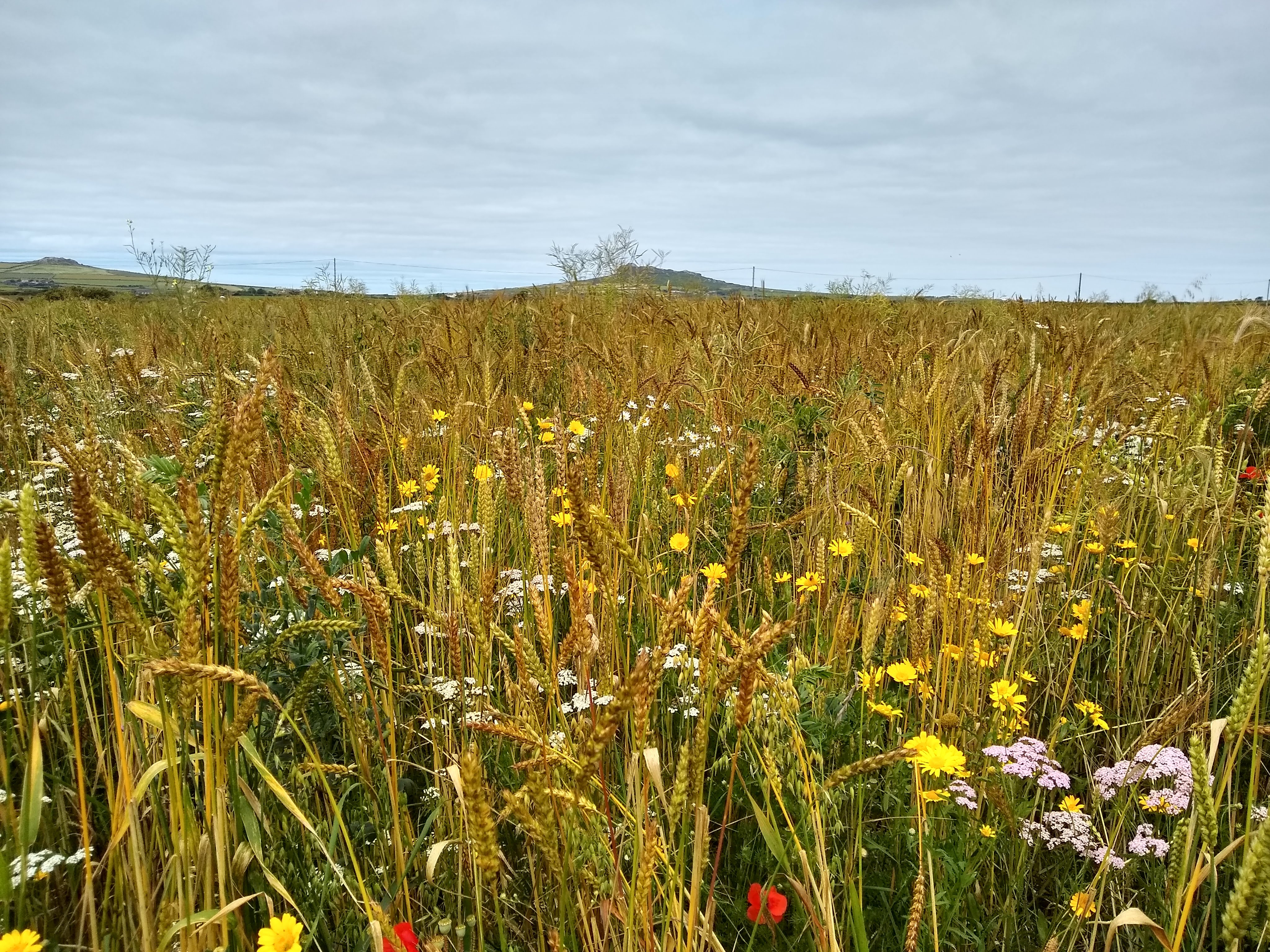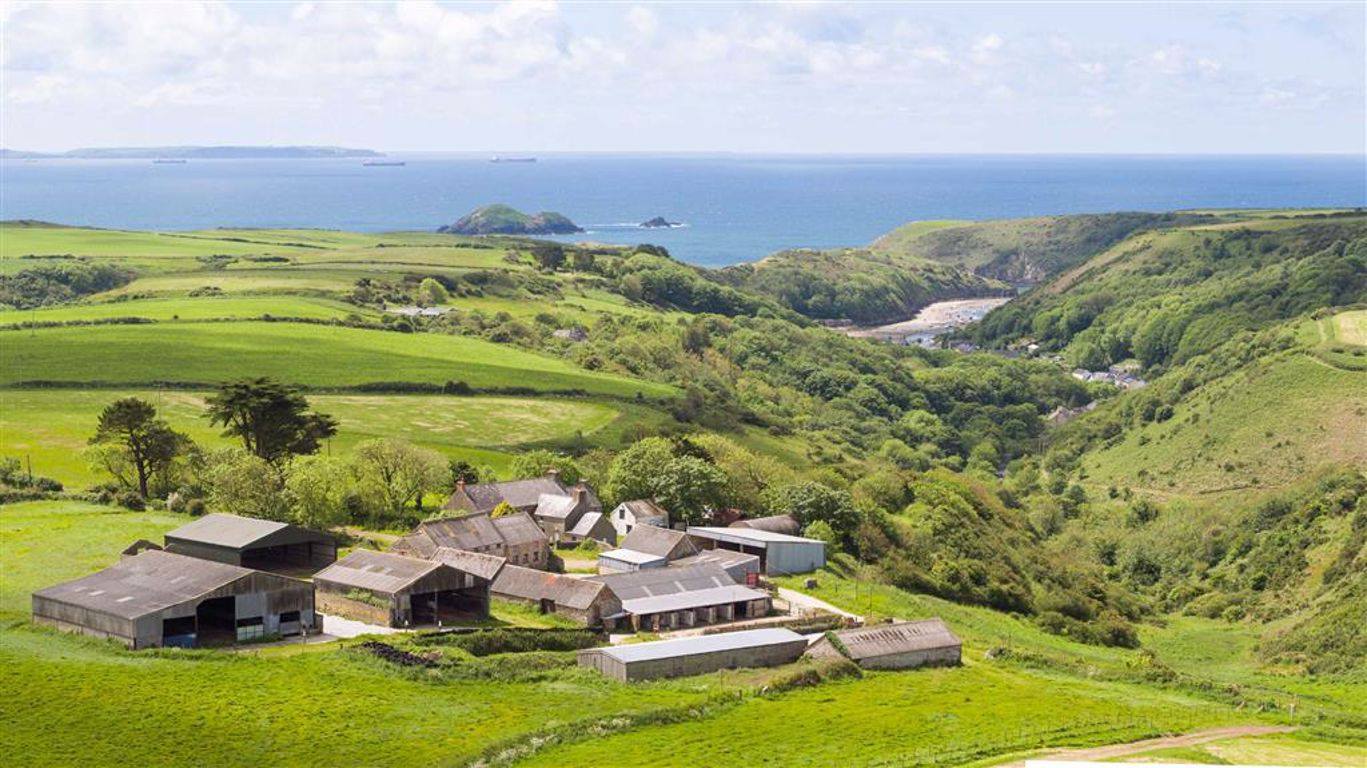This post is a part of a series related to a Citizen Science called ‘TyT Field Dispatches’. The project is taking place in collaboration with CSA ‘Peasant Bakery’, Torth-y-Tir (TyT) as an investigation into knowledge co-production on CSAs through participatory field trails. Our first trial looks at the impacts on yield and biodiversity of a biodynamic soil treatment known as ‘500’. For more information see the project website. For the previous entry (which details the first data collection workshop) see here.
Wh(e)at a recovery!
Last Saturday saw us back amongst the wheat to conduct the biodiversity segment of our Citizen Agroecology project. And what a lovely day it was. We met at 10am in a nearby cafe to go over the plan, then headed out to find the plot. As the photo below nicely demonstrates, we were utterly shocked by what we found there! We were literally overwhelmed by the sea of wheat we found ourselves wandering in. Actually finding the plot was much easier than last time, the string and markers still being in place – it just took a little bit of rummaging to find each one.
We first scored each plot again for weed coverage and plant health – meaning that we have our first results! Combining all four replications of the trial and the two scorings we’ve now done, there is (actually) an observable discrepancy in favour of the treatment: a whopping 7% difference(!) between the positive control (manure) and the Biodynamic ‘500’ soil treatment (marked on the graph as ‘B500’) . We’ll have to do some more analysis to see if it’s statistically significant, but interesting that there is some difference (by this measure at least). Here are the results in graph form:
 Biodiversity surveying – quadrats and plant counts
Biodiversity surveying – quadrats and plant counts
We then also surveyed each plot  for weed species variation. This involved throwing 50x50cm ‘quadrats’ (basically square frames) down twice on each plot, identifying the weeds species there and then estimating coverage. We now have some pretty detailed data which we can use to generate a biodiversity score (using something called the ‘Shannon Diversity index’) for each plot.
for weed species variation. This involved throwing 50x50cm ‘quadrats’ (basically square frames) down twice on each plot, identifying the weeds species there and then estimating coverage. We now have some pretty detailed data which we can use to generate a biodiversity score (using something called the ‘Shannon Diversity index’) for each plot.
Our field actually had a relatively low variety of weed species in evidence (9 plant species to be exact), especially compared to the adjacent field which had somewhere in the region of 20 to 30 species. The first photo above (and the one below) are actually from this field and beautifully illustrate the diversity there. We had fun afterwards doing some more informal plant identification in that field, as well as inspecting the spring wheat trial plots.
I’m sure you can appreciate what a transformation has occurred in the field – but just in case here is a quick before (March) and after (July):
The next step is the big one – to harvest the wheat and weigh it to get a final measure of ‘marketable yield’. We are also planning to trial a ‘refractometer’ specially designed for use in the field, which will give us an on-the-spot nutritional profile of the grains. Very exciting. The date hasn’t been set yet, but we’ll need to do this before the end of August so we can remove our trial wheat and separate it before the combine comes.
Trecadwgan Farm – a community vision
As I hinted above, these are heady times for Torth y Tir (TyT) – in early June it’s fair to say things ‘kicked off’ in South Pembs with the Save Trecadwgan Farm campaign. Trecadwgan Farm is a Pembrokeshire County Council-owned farm with a history dating back to the 15th century (at least). By chance it was discovered that the Council were seeking to sell the property, putting it to auction. TyT have teamed up with a group of other local land-based projects to campaign for the farm to remain in community hands, and have successfully raised enough money for a deposit and cancelled the auction.
The group have already run a consultation process to craft a vision for the future of the farm, based on community ownership, agroecology, and land based education. It goes without saying that such a home for TyT would be a game changer – opening up many possibilities to build on the community and education focus already underway. For the CitAg project this of course has huge implications, not least due to the emphasis the new collective has put on community engaged learning.
So it is in this context that we approach the end of the first year cycle – and what better time to take time to reflect on what we’ve been doing: what have we learned?; what went well?; what could’ve gone better?; and where this work to continue to feed into the development of TyT and (potentially) Trecadwgan Farm? This is where a PAR approach is really strong – building in regular reflection and planning into the project cycle to provide space to confront problems, learn from them and move on.
What does all this mean?
In terms of the field trials themselves, I am particularly interested in thinking about what our approach has missed, and what its limitations are in telling TyT’s story. We have taken a consciously conventional approach here – has this worked? If not, why not? What other ways are there to conduct community led research and what do they pay attention to that agronomic measures might routinely discount?
One standout issue this time was how much joy I felt (and others appeared to feel) on being in the field, gathering on the farm, and (especially) being in the field that had greater diversity. All this is missing from our results. The conventional measures we use aren’t particularly good at reflecting the process of research, which – in citizen science at least – is arguably so much more important than ‘results’. Should we be worried about this? And if so, what should we do about it?
All these questions and more are swirling around our heads right now… check back next month when I’m sure we’ll have all these answers (or more likely more questions!). In the meantime, join the Save Trecadwgan Farm facebook page to follow campaign progress and (if you like) donate to the cause.
In love and solidarity!











